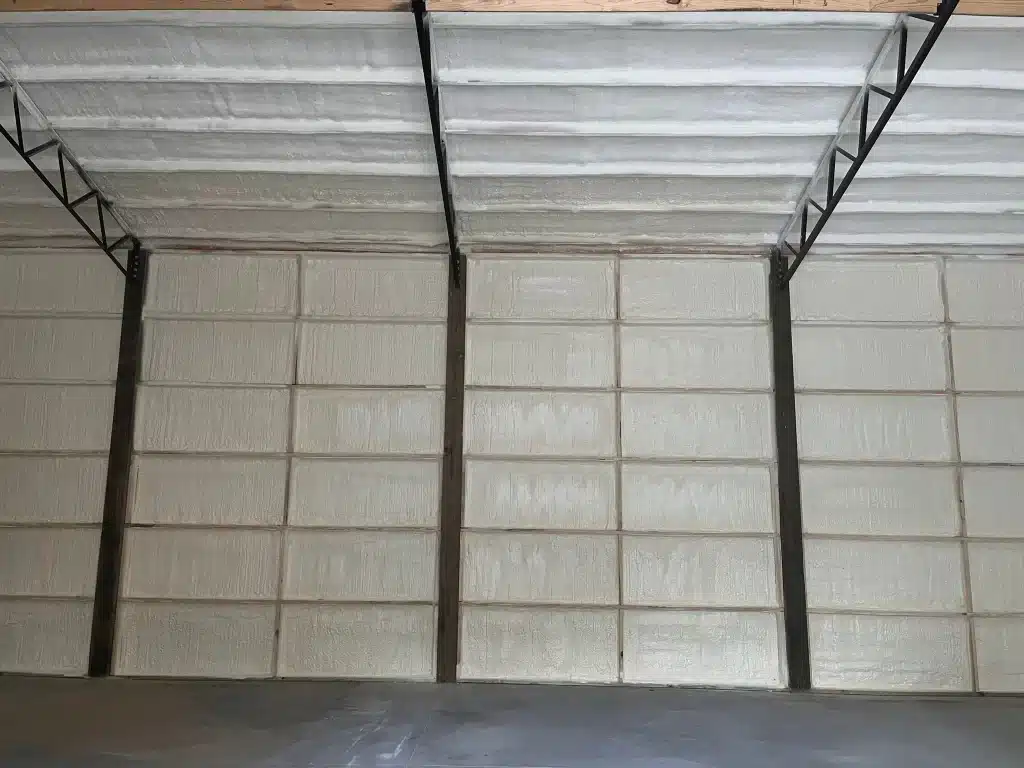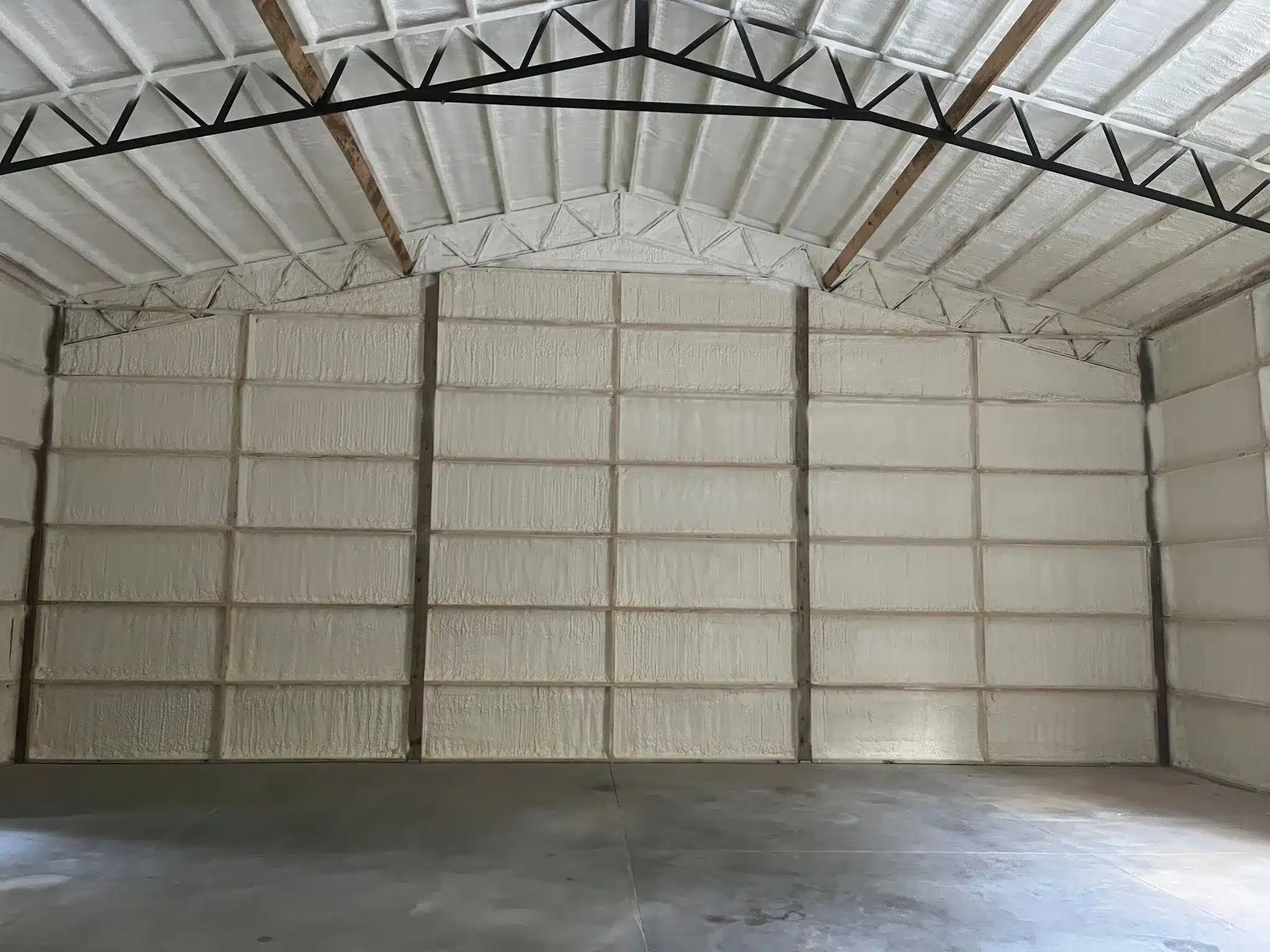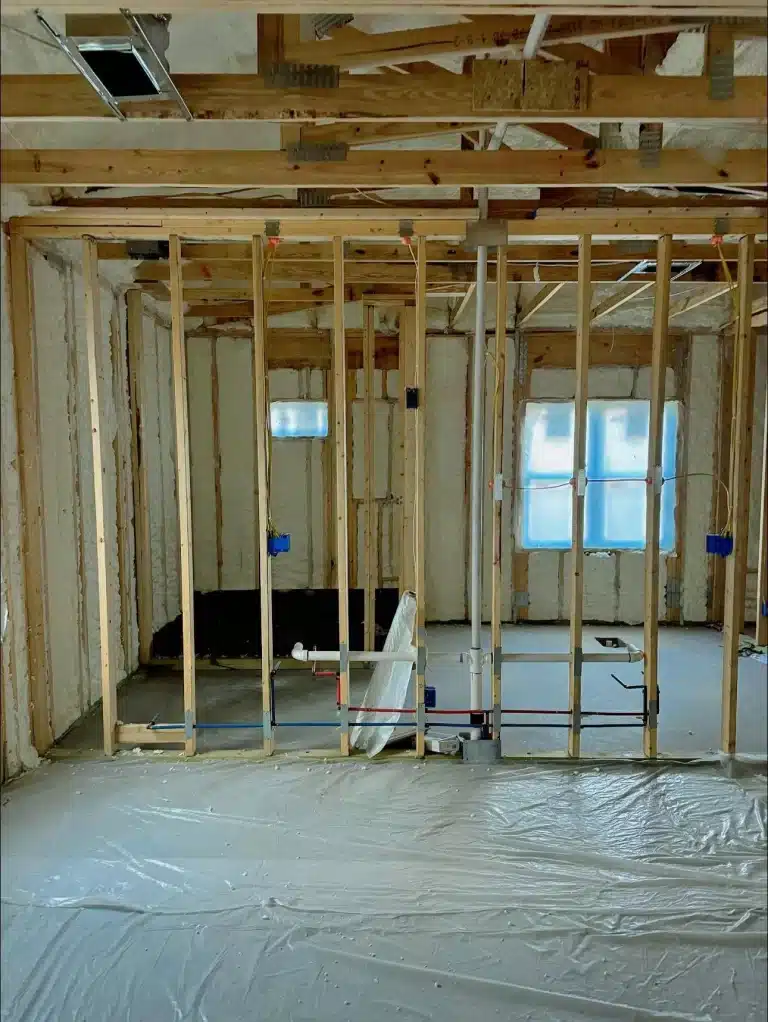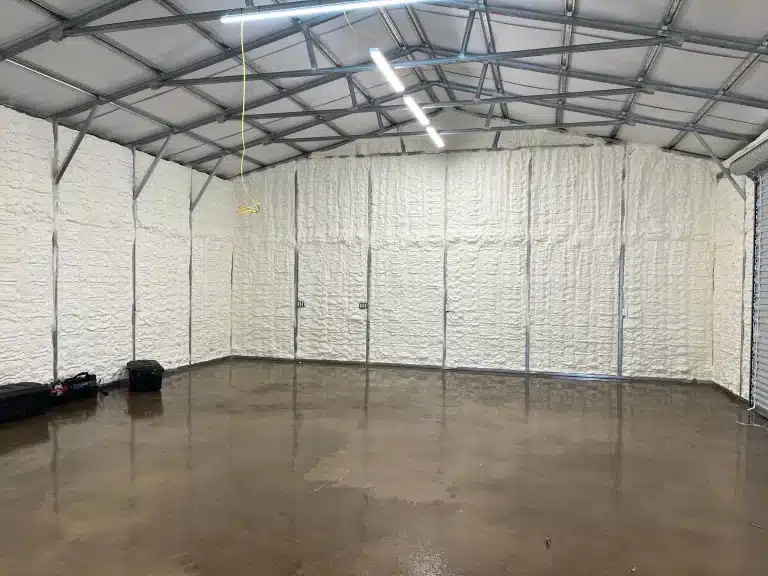Yes, insulation can reduce energy bills in the long term by improving thermal efficiency, lowering heating and cooling demand, and reducing HVAC system strain. Homes and buildings in regions with temperature fluctuations, such as Florida’s hot summers and mild winters, benefit the most when insulation is properly selected, installed, and maintained.
The long-term savings depend on insulation type, material lifespan, R-value performance, and local climate conditions. Industry data from the U.S. Department of Energy shows that properly insulating attics, crawl spaces, and walls can cut heating and cooling costs by up to 20% annually (source).
This guide presents the practical data, technical benchmarks, and performance comparisons needed to understand how insulation directly affects energy costs over time.
How Insulation Creates Measurable Energy Savings
Thermal insulation reduces the transfer of heat between the interior and exterior of a structure. In high-heat zones like the Florida Panhandle, this means limiting the heat that enters a home through the roof, walls, and attic. Reducing heat gain reduces the air conditioning system’s workload, extending equipment life and lowering energy demand.
Key Mechanisms That Impact Energy Efficiency
- Thermal Resistance (R-Value): Measures the material’s resistance to heat flow.
- Air Sealing Capability: Prevents conditioned air from escaping.
- Moisture Resistance: Protects material performance over time.
- Installation Integrity: Poor application can reduce insulation effectiveness by over 25%.
Measurable Differences Between Insulation Types
The table below compares insulation types on factors that directly impact long-term energy savings:
| Insulation Type | Typical R-Value/inch | Air Sealing Capability | Moisture Resistance | Lifespan (Years) | Relative Energy Savings (%) |
|---|---|---|---|---|---|
| Spray Foam | 6.0 – 7.0 | High | High | 30+ | 20 – 30% |
| Blown-In Cellulose | 3.2 – 3.8 | Medium | Medium | 20 – 30 | 10 – 20% |
| Fiberglass Batts | 2.9 – 3.8 | Low | Low-Medium | 15 – 25 | 5 – 10% |
| Spray Foam Roofing Insulation | 6.0 – 7.5 | High | High | 30+ | 15 – 25% |
Bonus Tip: Insulation should be selected based on surface area (attic, roof, wall), not just material performance. Spray foam provides both insulation and air sealing in one application, making it ideal for regions with high humidity.
Technical Performance Benchmarks
| Performance Factor | Recommended Minimum (for Florida homes) | Notes |
|---|---|---|
| Attic Insulation R-Value | R30 – R60 | Higher range recommended for heat |
| Wall Insulation R-Value | R13 – R21 | Depends on cavity depth |
| Roof Deck R-Value | R20+ | Spray foam performs best here |
| Air Leakage Rate | < 3 ACH50 | Verified by blower door test |

What Should Be Reviewed Before Upgrading Insulation
Before installing or upgrading insulation, review:
- Current R-Values in attics, walls, and floors using infrared scans or an energy audit.
- Moisture levels and potential mold risks in crawlspaces or behind walls.
- HVAC performance and whether the system is oversized or undersized.
- Type of structure (residential vs commercial) and roofing material compatibility.
Bonus Tip: Existing insulation should be inspected for compression, mold, or rodent damage. Removal may be necessary before installing new insulation layers.
Services Directly Related to Long-Term Energy Savings
Prestige Insulation Solutions provides service options that directly impact energy efficiency outcomes:
- Spray Foam Insulation: Delivers high R-value and air sealing in a single application.
- Blown-In Insulation: Ideal for attics and wall cavities; flexible depth for specific R-value needs.
- Roof Insulation: Reduces solar heat gain at the topmost thermal boundary.
- Insulation Removal: Safe extraction of degraded or contaminated material before new install.
Common Questions Homeowners Ask Before Choosing Insulation
How long will it take to notice energy savings?
Most properties see measurable reductions in energy usage within the first billing cycle after proper installation.
Can insulation lower energy bills without replacing the HVAC system?
Yes. Effective insulation reduces demand, allowing existing HVAC systems to run less frequently.
Should insulation be upgraded all at once?
Focus on high-impact areas first, such as attic and roof, before addressing walls and floors.
Does insulation need to be replaced regularly?
Not always. Lifespan depends on material type and installation quality. Spray foam lasts the longest with minimal degradation.
Final Takeaways on Long-Term Energy Impact
Insulation, when chosen based on material performance and building conditions, can reduce energy bills significantly and consistently. Florida properties especially benefit from high-R-value materials and moisture-resistant applications.
Evaluate attic, wall, and roof insulation together for best results. Periodic inspection and informed upgrades ensure sustained savings.
Contact for More Details or Consultation
To understand which insulation type is best for your building, contact Prestige Insulation Solutions at (850) 429-4969 or email [email protected]. All services are based on proven techniques, tested materials, and local climate experience.
Frequently Asked Questions
What maintenance is required after installation?
Visual inspection every 2-3 years and reapplication in case of compression or pest intrusion.
Can insulation grow mold over time?
Only if exposed to high moisture levels. Closed-cell spray foam resists moisture and is less prone to mold.
Will adding more insulation keep making a difference?
Diminishing returns apply beyond optimal R-values. Over-insulating can limit ventilation and cause moisture buildup.
Can insulation help with noise reduction?
Yes. Fiberglass and spray foam provide moderate sound-dampening effects as a secondary benefit.
What if my home already has insulation?
Assess current performance with an energy audit. Older materials may not meet current efficiency standards.






